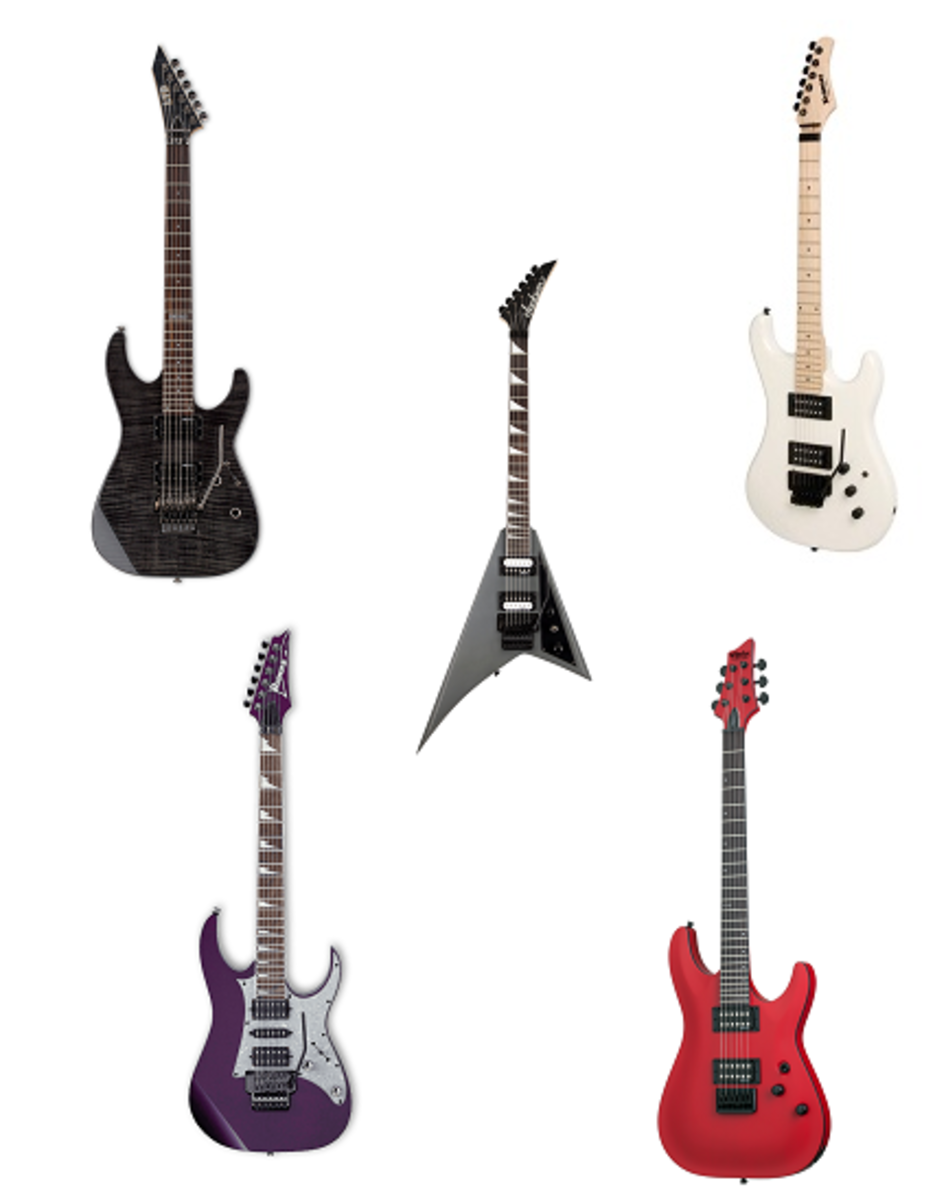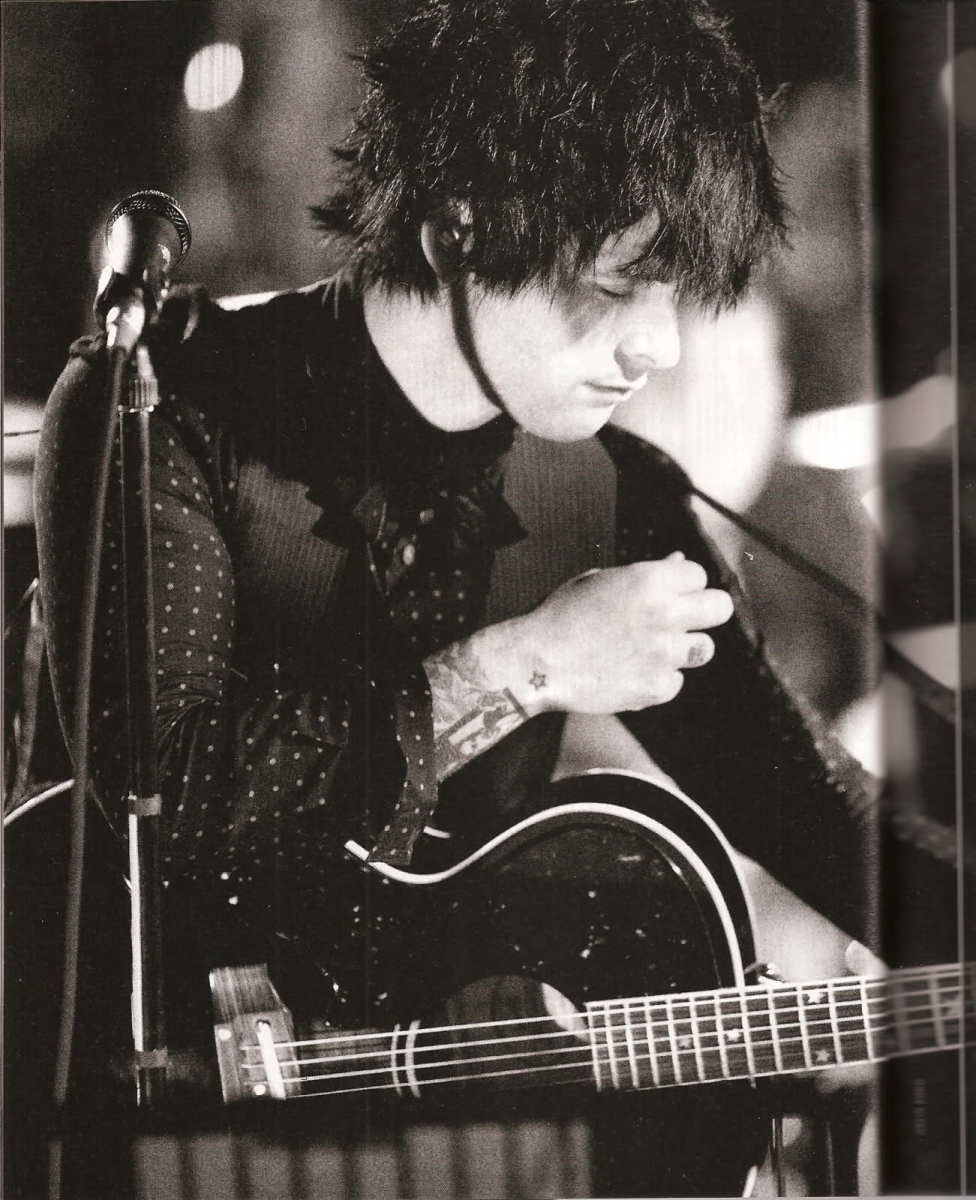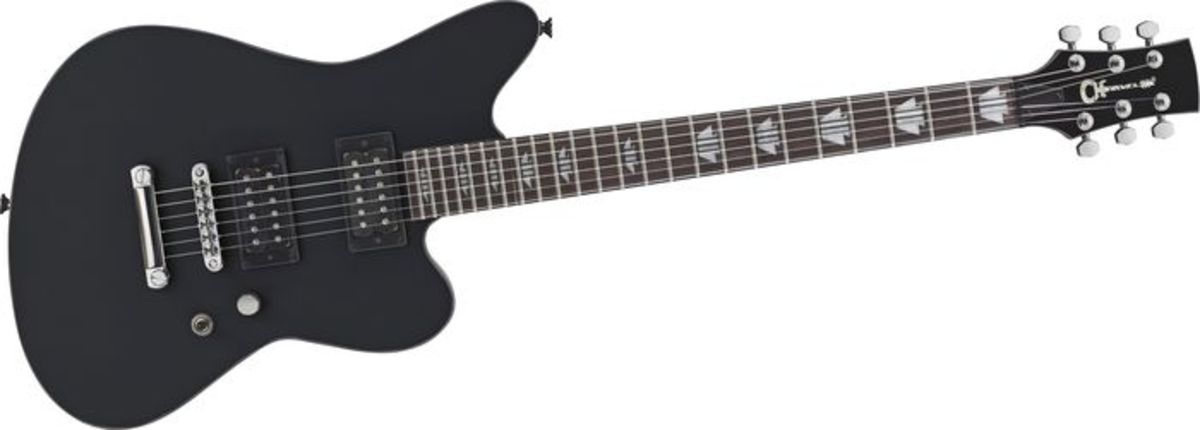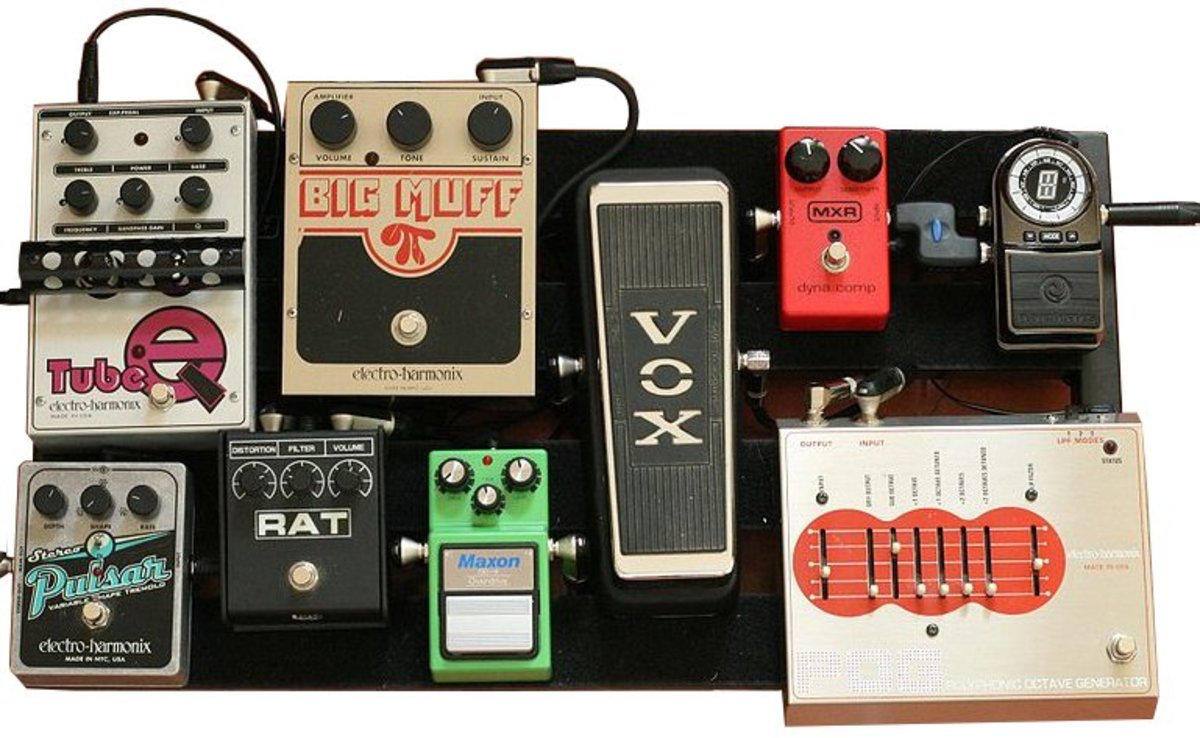How to Set up a Guitar
For a novice guitar player the idea of setting up a guitar can be overwhelming. Knowing how to set up a guitar can be very advantageous; not only from a monetary standpoint but also for individual player preference. Many novice players have no idea how to set up a guitar nor have an idea that the guitar may need setting up. The basic construction of an electric or acoustic guitar is very much the same. If the guitar seems to lose its tuning as it is played down the neck, it is time for a set up. Normal reaction would be to take it to a professional. In reality, the so-called professional is usually an employee of the music store with some experience and no formal luthier training. A novice can save a great deal of money armed with some basic tools, a basic knowledge of guitars, coupled with some practice, by setting up a guitar to one’s own preference instead of paying a professional.
One of the most overlooked aspects of setting a guitar up is the neck. Strings put tremendous strain on the neck when left in a tuned state. Over time this stress can bow the neck. Most necks are bowed inward or towards the front of the guitar as a result of this stress. Using a simple straight-edge laid lengthwise on the top of the frets, a neck’s bow can be checked by looking for gaps between the top of the frets and the bottom edge of the straight-edge. Since the late seventies almost every guitar manufactured has had a truss-rod installed for neck strength and adjustment. Turning the truss-rod clockwise, with the proper size Allen wrench, will remove the inward bow of the neck, while turning counter-clockwise will remove backwards bow. If the necks bow is so severe that it cannot be removed by adjusting the truss-rod, it is time to consult a professional luthier or throw the guitar in the trash.
Guitars are usually shipped from the factory already set up and once the neck adjustments are made, theoretically, everything should fall back into its original place. This may be the only adjustment needed. While setting up an acoustic guitar this may be the only adjustment that can be made. If heavier or lighter gauge strings are used, the nut and the bridge saddle may need to be filed down on the bottom or shims place underneath. This will give the player playing comfort and also avoid fret buzz. Fret buzz occurs when the bottom of the string is too close to the top of the fret. Rarely an acoustic guitar will be installed with an adjustable bridge, allowing the raising or lowering of the strings. These set up techniques require much trial and error and a great deal of patience. These adjustments, however, can improve the playability of even the cheapest of guitars.
Depending on the brand of electric guitar, further adjustments can usually be made at the bridge to improve the tuning as the guitar is played up and down the neck. If a string is tuned to an E it should still be tuned to an E if the twelfth fret is fingered. If the string is off pitch, the bridge saddles can be adjusted away from or towards the bridge to fine tune the string. A small investment in an electronic tuner will help to get the pitch perfect. If the bridge is installed with individual saddles the strings can be raised or lowered individually to improve playability or avoid fret buzz. If there are not individual saddles the stings can be raised or lowered in groupings by adjustment screws in each end of the bridge.
Most professionals will charge upwards of sixty dollars for a guitar set up, regardless of the amount of work to be done. Neck adjustments need to settle and further adjustments may be necessary after just a couple of weeks, causing further financial burden. A professional set up does not take into account the individual’s preferences which may diminish the guitars enjoyment. Improved playability will improve the player’s ability. The simple tools required will pay for themselves after a player has set up his or her own guitar for the first time. The financial rewards as well as the playing rewards make setting a guitar up to one’s own preferences outweigh the cost of taking a guitar to a professional.





